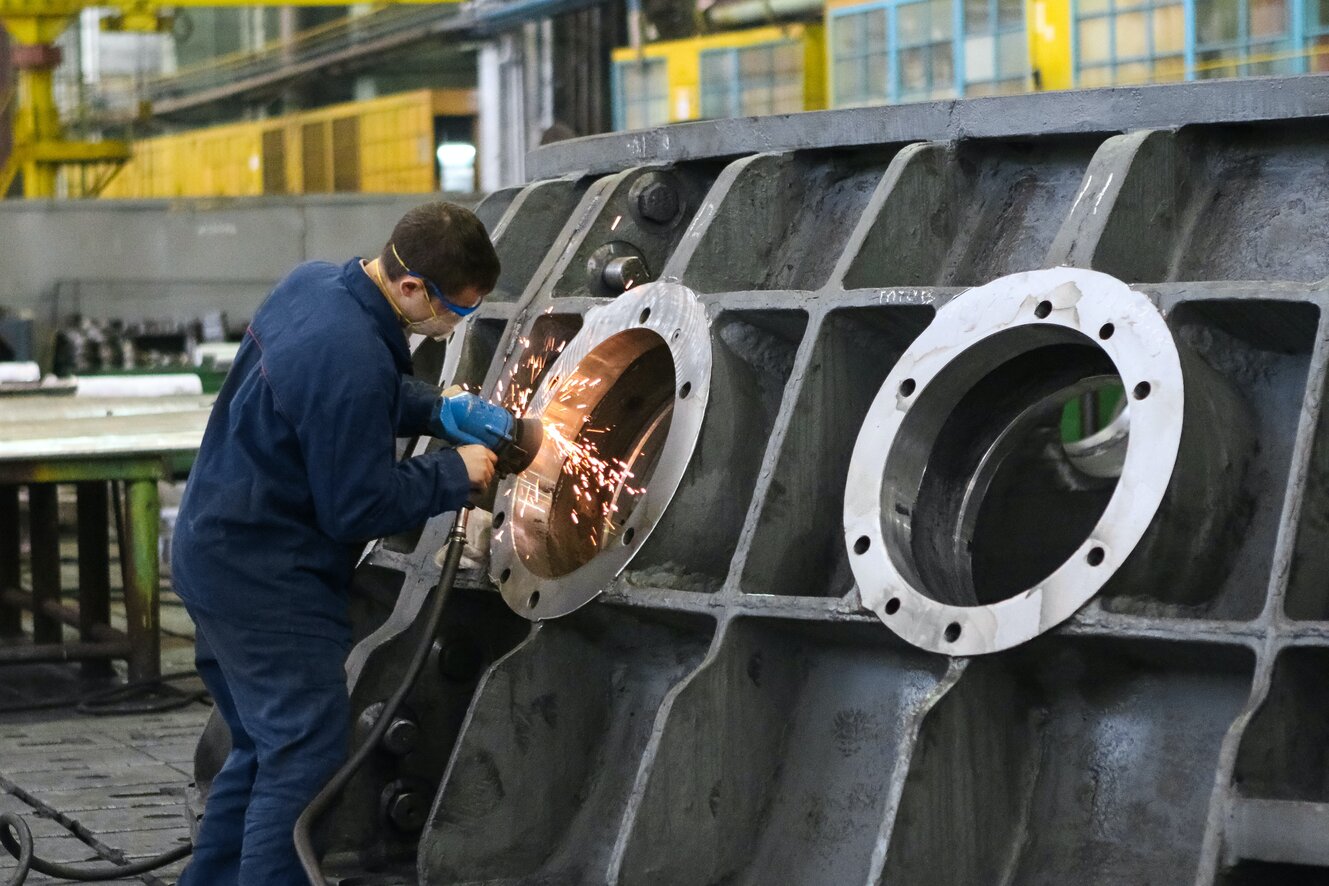
There are some medical supplies you should always have on hand in case of an emergency. Whether you’re at home or out and about, it’s important to have some essentials like bandages, gauze, medical tape, and scissors. You may also want to consider packing a first-aid kit with additional supplies like pain relief medication, antiseptic wipes, and insect repellent.
Let’s explore some of the medical necessities you don’t want to miss. This article will help you to know about some essential medical supplies in our regular days. Also, if you want to learn how to use these items and receive advanced first aid training, you can click here.
1. A First Aid Kit
A first-aid kit is a must-have for any emergency. It should include supplies like bandages, gauze, medical tape, scissors, and pain relief medication. If you’re traveling, you may also want to pack insect repellent, antiseptic wipes, and sunscreen. However, there are situations in which you might need a Tracheostomy tube, such as emergencies. If you’re unable to breathe, the tube can be inserted through an incision in your throat and into your windpipe to allow you to breathe. It’s important to have a tracheostomy tube on hand in case of an emergency, as well as a scalpel, a small, sharp knife that is used for surgery and other interventions. It can be used to make incisions in the skin or to remove objects from the body. In an emergency, a scalpel can be used to cut through clothing or bandages so that you can access the injury.
2. A CPR Mask
If someone is having a heart attack or is not breathing, you may need to perform CPR. CPR masks allow you to do this without coming in contact with the person’s saliva or blood. Having a CPR mask on hand can help you provide lifesaving assistance in an emergency. This also includes a face shield in case of blood or vomit. Also, CPR masks come in a variety of sizes so that they can be used on both adults and children and in different settings.
3. A Stethoscope
A stethoscope is a must-have for any doctor or nurse. It allows you to listen to a person’s heart and lungs and determine if they are healthy. In an emergency, it can be used to listen to a person’s heartbeat and breathing to determine if they are in danger. It’s beneficial also because you can use it to hear how well a person’s lungs are functioning. Also, stethoscopes come in a variety of sizes, making them ideal for both adults and children.
4. Bandages
Bandages shouldn’t just be a part of your first aid kit, but something you have in your house and with you on trips. It comes in all shapes and sizes and is essential for helping to protect a wound from infection and further injury. There are different types of bandages available, including adhesive bandages, elastic bandages, cohesive bandages, and gauze bandages. Adhesive bandages are the most common type of bandage and usually come in a variety of sizes. Elastic bandages are used to help support injured body parts, while cohesive bandages are used to wrap around a wound. Gauze bandages are used to cover and protect large wounds. The best option is to have a variety of different bandages on hand so that you can choose the best option for the injury. And also always carry bandages in your bag.
5. A Tourniquet
A tourniquet is a band that is used to stop the flow of blood to a certain area of the body. It can be used to control severe bleeding or to keep a person from losing too much blood. In an emergency, a tourniquet can be used to save someone’s life. Also, a blood pressure cuff can be used as a makeshift tourniquet in a pinch. In addition, a tourniquet should always be included in a first aid kit and should be used as instructed by a medical professional.
6. Sutures
A wound can be a scary thing, but with the help of some sutures, it can be easily closed up and on its way to healing. Sutures are essentially small stitches that hold a wound together until it heals. There are a few different types of sutures, but all do essentially the same job – holding a wound together until it heals. The different types of sutures include absorbable sutures, non-absorbable sutures, and synthetic sutures. Absorbable sutures are made from materials that will dissolve over time, while non-absorbable sutures are made from materials that will not dissolve. Synthetic sutures are made from a combination of both absorbable and non-absorbable materials.
Having these six medical supplies on hand can help you in an emergency. They are essential for helping to stop bleeding, closing a wound, and providing lifesaving assistance. Make sure that you have them in your first aid kit and that you know how to use them properly.
I’m a professional blogger, marketer, and entrepreneur. I’m passionate about writing and focusing on the informative article about Fashion, Health, Beauty, Travel, and many more.
My contact mail: webtechhelp.org@gmail.com








